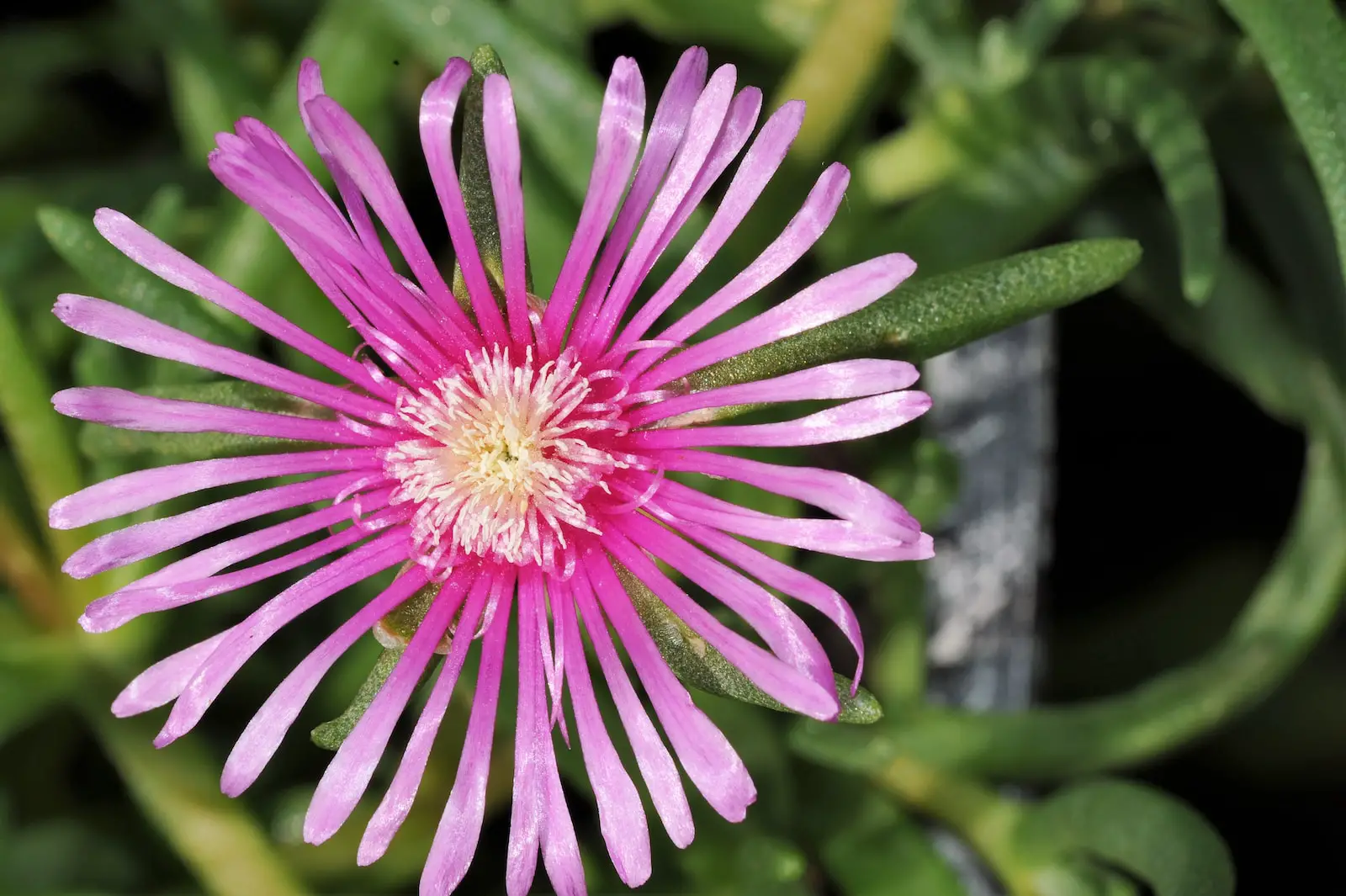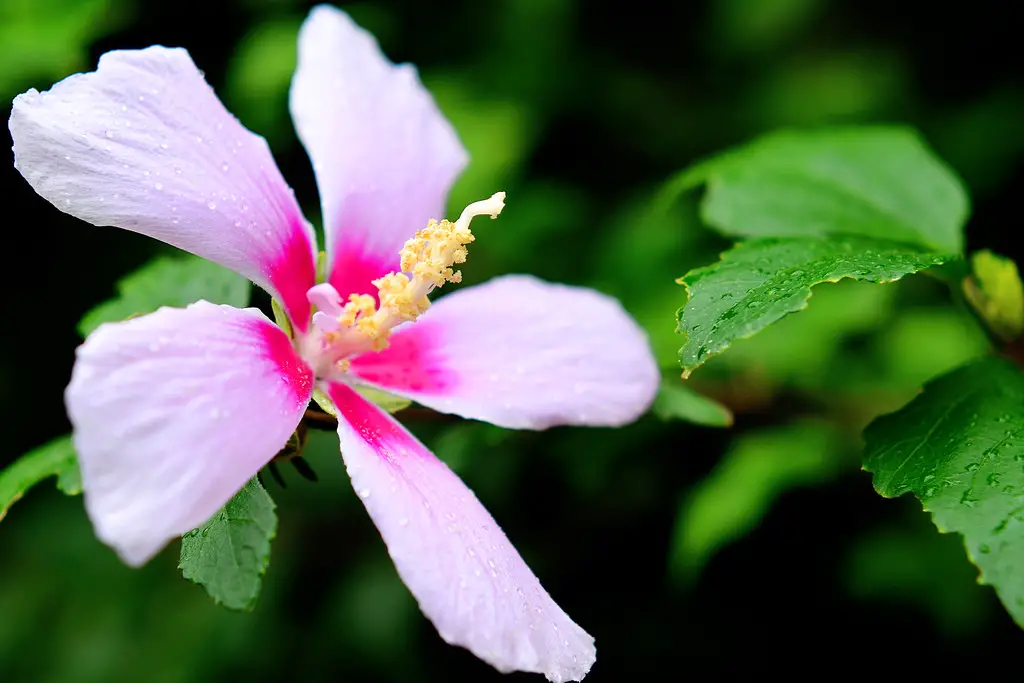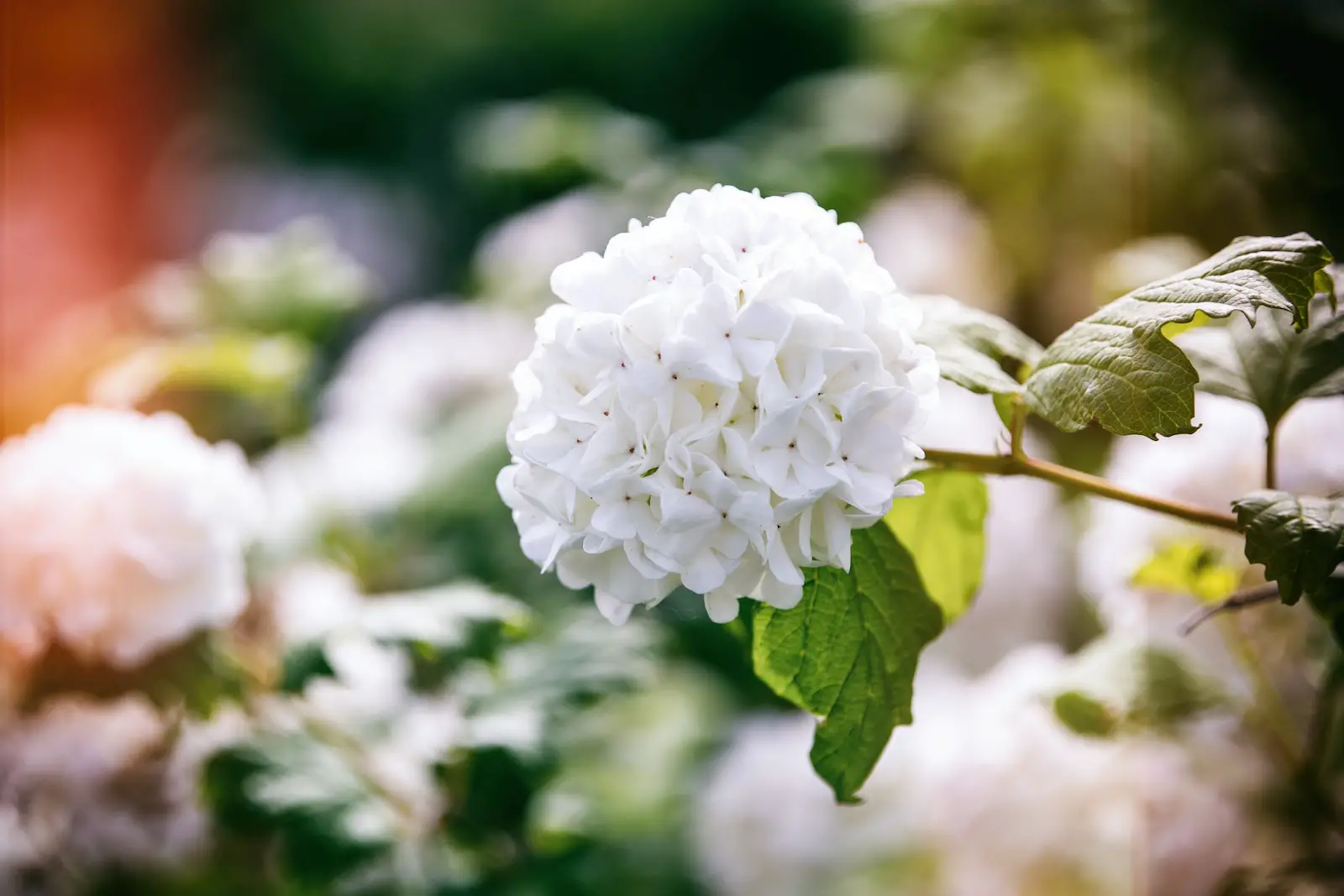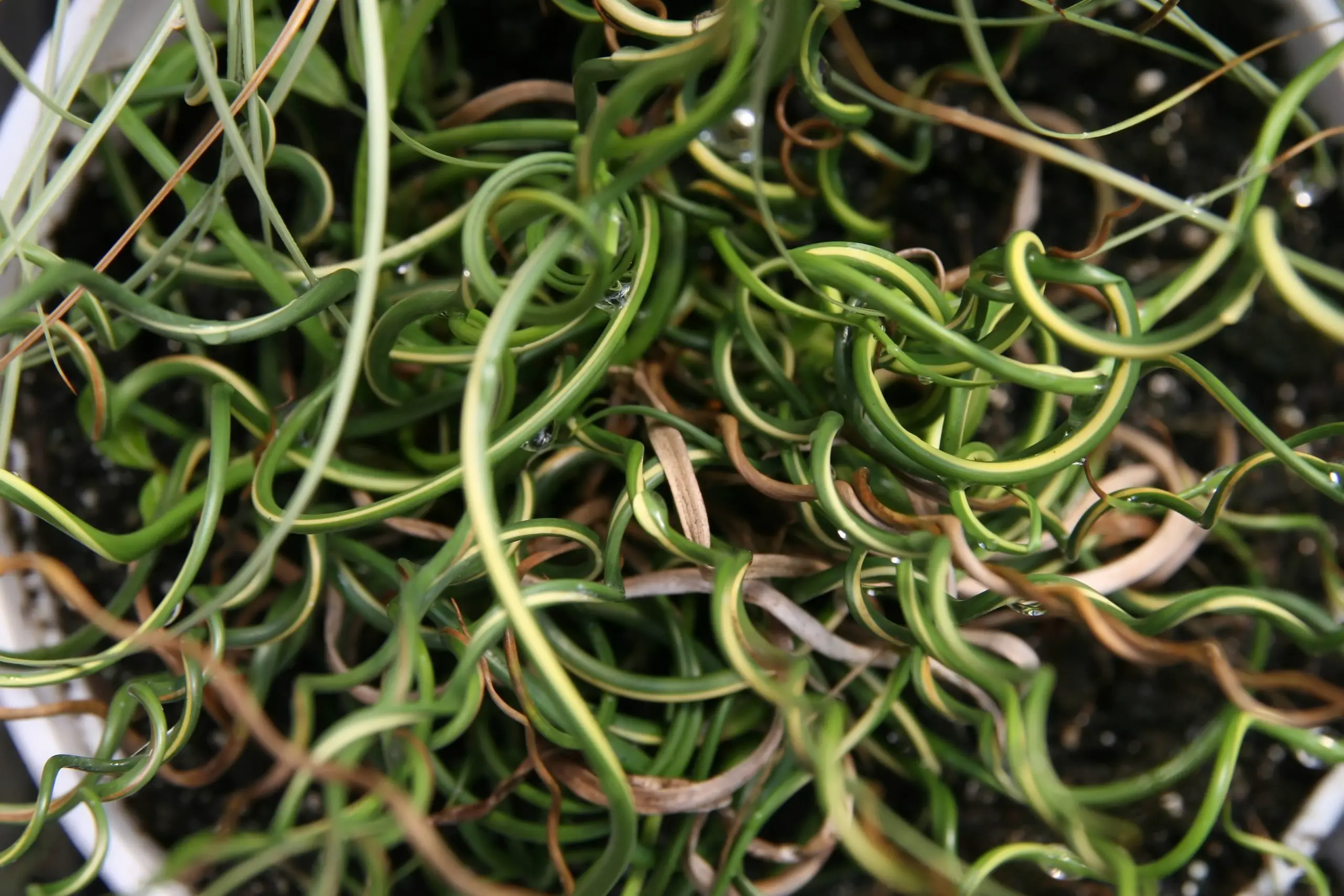The Ice Plant is not just one plant but a family of ground-cover succulents that add unique texture and color to landscapes. Named for the sparkling, ice-like crystals that cover its leaves, the Ice Plant is known for its brilliant flowers and drought-tolerant nature. While the name may refer to several species, Delosperma cooperi is one of the most popular and well-known Ice Plants, with dazzling pink or purple flowers.
Native to South Africa, the Ice Plant has found its way into gardens around the world, especially in regions with arid climates. As a succulent, it stores water in its fleshy leaves and stems, allowing it to thrive in conditions that might be too harsh for other plants. Whether used as a border, ground cover, or container plant, the Ice Plant brings vibrancy and low-maintenance beauty to the garden.
With its thick foliage and blossoming flowers, the Ice Plant attracts pollinators like butterflies, providing ecological benefits in addition to its aesthetic appeal. It’s an ideal plant for rock gardens, xeriscapes, or any garden design that aims for minimal water usage and maximal visual impact.
| Attribute | Details |
|---|---|
| Common Names | Ice Plant |
| Botanical Name | Delosperma cooperi |
| Family | Aizoaceae |
| Plant Type | Succulent, Perennial |
| Mature Size | 3-6 inches in height, spreading 2-4 feet wide |
| Sun Exposure | Full Sun |
| Soil Type | Well-drained, sandy or gravelly soil |
| Hardiness Zones | 5-9 |
| Native Area | South Africa |
Ice Plant Care
Caring for the Ice Plant is a straightforward task, given its tolerance to drought and preference for poor soil conditions. As long as it has enough sunlight and well-draining soil, the Ice Plant will grow and spread, offering bright, continuous bloom throughout the summer.
Though simple to maintain, Ice Plant’s care does require attention to its minimal watering needs, appropriate planting space, and possible winter protection in colder regions. Adhering to these basic guidelines ensures a healthy and thriving Ice Plant that will enhance any garden landscape.
Light Requirement for Ice Plant
The Ice Plant requires full sun to grow successfully. It thrives in a location where it can receive at least six to eight hours of direct sunlight every day. Planting it in a sunny spot helps ensure vigorous growth and abundant flowering.
Soil Requirements for Ice Plant
Well-drained soil is vital for the Ice Plant, as it does not tolerate standing water. Sandy or gravelly soil works best, and adding organic matter can improve drainage if needed. The plant is tolerant of poor soil conditions and often thrives in areas where other plants struggle.
Water Requirements for Ice Plant
Though drought-tolerant, the Ice Plant does require some watering, especially during the establishment phase. Watering it deeply but infrequently is best, allowing the soil to dry out between watering. Once established, the Ice Plant can largely subsist on natural rainfall, except in extremely dry conditions.
Temperature and Humidity
The Ice Plant is hardy in USDA zones 5-9 and can handle both hot temperatures and cold winters. It prefers low to moderate humidity and does not fare well in overly damp conditions.
Fertilizer
Fertilizing is generally unnecessary for the Ice Plant, as it can thrive in poor soil conditions. Over-fertilizing may cause leggy growth and reduced flowering, so it’s best to avoid feeding or do so sparingly with a balanced, slow-release fertilizer.
Pruning Ice Plant
Pruning is rarely required for the Ice Plant. However, cutting back any dead or damaged foliage can maintain its appearance. Trimming the plant in late winter or early spring can encourage new growth and flowering.
Propagating Ice Plant
The Ice Plant can be easily propagated through stem cuttings or division. Simply taking a healthy cutting and planting it in well-draining soil will lead to a new plant. Dividing the plant in the spring is another effective method of propagation.
How To Grow Ice Plant From Seed
Growing Ice Plant from seed is possible but requires patience. Sow the seeds indoors 6-8 weeks before the last frost, or directly outdoors after the danger of frost has passed. Provide ample sunlight and well-draining soil for successful germination and growth.
Common Pests & Plant Diseases
Snails and Slugs
These pests may be attracted to the succulent leaves and can be controlled manually or with organic repellents.
Root Rot
Caused by overly wet soil, ensuring proper drainage will prevent this issue.
Common Problems With Ice Plant
Yellowing Leaves
This may be a sign of overwatering. Reducing the water and ensuring proper drainage can usually solve this problem.
Poor Flowering
Lack of sun or poor soil drainage can cause poor flowering. Ensuring full sun exposure and well-draining soil is key to abundant blooms.
Pro Tips
- Plant in full sun to maximize flowering.
- Use well-drained soil to prevent root rot.
- Water sparingly to align with the plant’s drought-tolerant nature.
- Avoid fertilizing unless absolutely necessary.
- Utilize Ice Plant in xeriscaping for a stunning, water-wise landscape.



